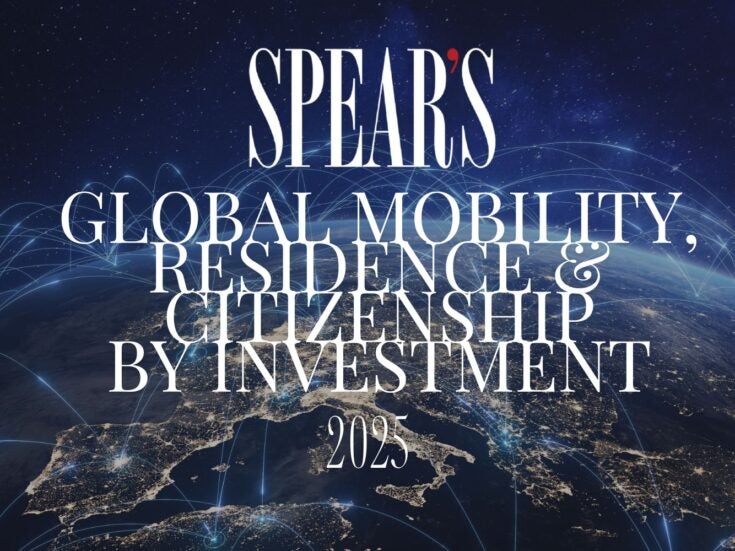
Private investment from sovereign wealth has dipped, but could it just be a temporary blip? Arun Kakar reports.
Sovereign Wealth Funds (SWFs) – the world’s biggest investors – are pulling back from private deals. Traditionally viewed as among the largest players in private investment thanks to their considerable muscle and long investment horizons, new figures suggest activity is beginning to plateau after years of growth.
Two of the private investment classes viewed as being the most popular for SWFs – real estate and infrastructure –received less interest over 2017. Deals in the two sectors fell from a combined 100 in 2016 to 70 in 2017, as combined deal value fell from $25 billion to $23.2 billion, according to a report from the International Forum of Sovereign Wealth Funds (IFSWF). The forum, which looked at the activity of 61 state-owned investors also found that SWFs completed more direct equity investments in 2017 than 2016 (303 versus 290), but the value remained relatively flat, at $52.6 billion against $51 billion in 2016. Investments in unlisted assets overall fell from 68 to 61 per cent of the total over the same time period.
Whilst the figures could be a blip – this is the first report of its kind – it marks a contrast to the changing attitudes of family offices, which, as Spear’s reported last month, are beginning to ramp up their activity in private markets. 2017 heralded a record year for private equity, as funds reached over $1 trillion of unspent capital, according to Preqin: a lot of money is chasing a relatively small number of deals.
For example, real estate – slated by the report as the main cause of the slide in private market allocation – is becoming increasingly crowded. ‘SWFs are finding it more difficult to buy properties; more institutional investors have recently entered the sector, increasing competition for high-quality assets and pushing asset valuations higher,’ said the report, which noted that despite the overall drop-off, SWFs were showing ‘an sustained interest’ in mixed-use or residential properties.
The fall in infrastructure investment, which dropped 15 per cent year-on-year, was also made more difficult by increasing competition and higher valuations for mature assets in developed markets. More investors are looking for bond-replacement exposure to the asset class and its steady cash-flows. Infrastructure has also been made less attractive by a challenging regulatory climate in regions such as the US and Europe, drawing SWFs to emerging markets. Some 17 direct infrastructure investments were completed in 2017 compared to 11 in 2016 – not a remarkably new trend, but one that has is growing increasingly attractive amid the current climate.
So where are SWFs investing? Funds are increasingly joining forces with each other and other investors, including the private sector to more effectively deploy their capital.
‘In the past, private-equity funds used to hold an investment for between three and five years and then look for an exit, via an initial public offering, or a sale to a trade buyer or another private equity fund (“pass-the-parcel”),’ says the report. ‘Recently, however, sovereign wealth funds, which are limited partners in these firms’ funds, have offered buyout firms the option of a partial exit with a minority stake sale. This enables the PE firm to book some profit, while the SWF can take on some upside by investing in growth businesses they already know, limiting the downside risk.’
The other notable shift in 2017 saw funds embrace the Indian market wholeheartedly, as investments leaped from 33 in 2016 to 42 last year. With the International Monetary Fund expecting GDP growth to overtake China over the next year, India’s appeal as an investment proposition is clear. The preferred means of entry point into the famously tricky Indian markets for SWFs came via becoming anchor investors in IPOs, according to the report. Over $10 billion in capital was raised for Indian businesses in local equity market assurances, the highest total over the last ten years. The country’s capital markets are light relative to the size of the country’s economy, and companies are queuing to list on the two major exchanges. Financial services were found to be the most popular sectors among SWFs, as potential was observed in retail and commercial banking.
The slowdown in private market investment is expected to persist in the short to medium term, as the factors behind last year’s drop are unlikely to assuage. The report predicts that SWFs will continue to collaborate and build relationships with peers and private equity firms, whilst the growing activity in India and ‘innovative sectors’ will continue on its current trajectory. Sovereign wealth could indeed be morphing into a new phase.
Arun Kakar writes for Spear’s






